Supply Chain Report – 10/1-3/2025
China’s Ministry of Commerce stated on Sunday that the country “does not seek a trade conflict but is not afraid of one,” responding to former U.S. President Donald Trump’s recent announcement of a new round of retaliatory tariffs on Chinese imports.
The ministry accused the United States of “double standards” after Trump said he would impose an additional 100% tariff on Chinese goods following Beijing’s decision to strengthen export controls on rare earth materials — key elements essential to global technology and manufacturing industries.
“High tariff threats are not the right way to engage with China,” a ministry spokesperson said, calling Washington’s approach “a textbook example of double standards.” The official emphasized that China’s trade policy aims to safeguard economic stability and maintain fair trade practices under international law.
Trump’s social media post announcing the planned tariff hike triggered a steep sell-off on U.S. financial markets Friday, with roughly $2 trillion in equity value erased in a single day. The announcement also revived investor concerns about global supply chain disruptions and potential ripple effects across energy, technology, and shipping sectors.
In its statement, China defended its rare earth export restrictions, calling them “legitimate and necessary” for strengthening oversight of critical materials. “China’s export controls are not export bans,” the ministry clarified, noting that applications meeting regulatory standards for civilian use “will be approved.” The controls also extend to associated intellectual property and technologies, with tighter conditions on exports that could have military applications.
Under the new rules, foreign entities must obtain a license to export any product containing more than 0.1% of domestically sourced rare earths or produced using Chinese refining or recycling technologies. Beijing stated it had fully assessed the potential impacts and expects “very limited” disruption to global supply chains.
The United States, however, criticized China’s decision, saying it was not notified in advance of the changes. U.S. Trade Representative Jamieson Greer described the move as “a power grab” during an interview on Fox News’ Sunday Briefing. The European Chamber of Commerce in China also reported growing delays in export license processing, warning that the new requirements add complexity to the already fragile rare earth supply chain.
In response to Beijing’s export curbs, Trump announced the U.S. would impose 100% tariffs on Chinese imports starting November 1, in addition to new export controls on “any and all critical software.” He argued that China “should not be allowed to hold the world captive” through its dominance in rare earth production. China currently supplies about 70% of the global demand for these critical materials, which are widely used in electric vehicles, smartphones, and defense technologies.
The Ministry of Commerce countered by stating that U.S. export restrictions — which currently cover over 3,000 items including semiconductor equipment — far exceed China’s own 900-item control list. It accused Washington of “overextending the concept of national security” and “imposing unilateral measures that undermine fair competition.”
Tensions escalated further when Beijing announced that it would begin charging U.S. ships docking at Chinese ports starting October 14, mirroring a new U.S. fee on Chinese vessels entering American ports. The ministry described the action as a “necessary and defensive measure,” adding that the U.S. tariff approach had “seriously undermined the atmosphere of ongoing trade discussions.”
Despite the growing friction, trade talks between the two nations have continued intermittently. Negotiations earlier this year in Geneva, London, and Stockholm led to a preliminary framework addressing key trade and technology issues, including the divestment of the Chinese-owned social media platform TikTok. However, the most recent round of talks in Madrid ended without a final agreement, though both sides cited “progress” on several trade topics.
Trump and Chinese President Xi Jinping held a phone discussion in September but did not finalize any major deal. The two leaders were expected to meet on the sidelines of the Asia-Pacific Economic Cooperation (APEC) forum in Gyeongju, South Korea, later this month, although the meeting is now uncertain following the recent exchange of tariff threats.
Economists warn that the renewed escalation between Washington and Beijing could disrupt trade flows, increase costs for manufacturers, and pressure global commodity markets. For now, both sides have emphasized their readiness to defend national interests, leaving investors and policymakers watching closely for any sign of de-escalation ahead of the November tariff deadline.
#TradePolicy #GlobalEconomy #TariffNews #USChinaRelations #SupplyChainUpdate

















